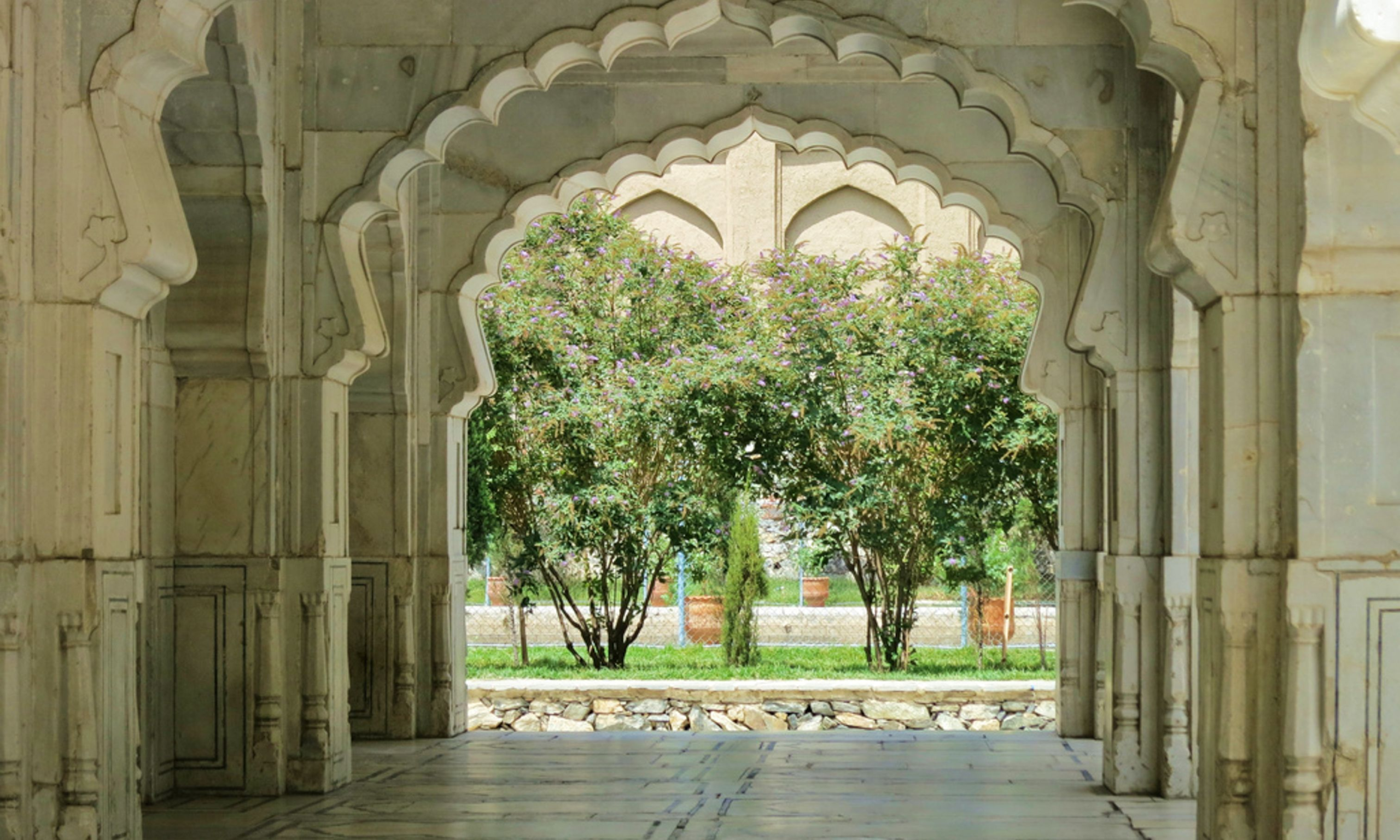The Taliban have insisted they want to safeguard Afghanistan's cultural heritage, including asking Unesco to list Bagh-e Babur, a historic garden in Kabul Photo: Ninara
The end of August marks two years since the US ended its 20-year war in Afghanistan by withdrawing its troops from the country and the Taliban officially began their rule.
Life in Afghanistan today is very different to that of the last two decades. The country is experiencing peace after decades of war, enforcement of law and order appear to be a priority for the authorities and the new government is determined to prove that it is very different from the Taliban of the 90s that destroyed the monumental 6th and 7th century Bamiyan Buddhas. But life for Afghans, especially in urban areas, has also been made particularly challenging by the country’s crippled economy and draconian restrictions that the Taliban have rolled out, especially for women or in fields that are viewed as Western—such as the arts.
Girls have been banned from attending secondary school for almost two years now and over the last year the Taliban have stepped up their restrictions on women by banning them from much of public life including attending universities, parks, educational courses, bath houses (hammams), working for international organisations or travelling long distances alone.
These restrictions have had disastrous inadvertent effects. In arts, women had previously formed over 50% of students. The ban on their attendance coupled with the limitations placed on what art can be practiced—there is an unofficial ban on music, sculpting and portraits—has caused many art degrees to be removed from institutions and driven scores of experts to leave the country.
Privately run courses, including art classes, are equally dependent on women’s presence and many businesses were forced to shut down when a decree was issued that forbid girls over the age of 12 from attending them. However, the restrictions are not always enforced evenly across the country. In Kabul, art centres that have segregated their classes and followed the rules laid out for them have been permitted to reopen to women. In other provinces, such as Herat, the bans stand.
Despite these strict regulations the government insists that it wants to have a relationship with the international community and welcomes foreign investment, including in the field of culture. In fact, Taliban officials have been consistent in their messaging on the importance of safeguarding Afghanistan’s heritage sites, regardless of their religious affiliations.
In Mes Aynak, a 2,000-year-old Buddhist city that is at risk of destruction from a mining project, the Taliban have backed an 18-month-long conservation project by Aga Khan Trust for Culture (AKTC) funded by the Swiss foundation Aliph. In Herat they have approved the conservation of a 20th-century synagogue and the restoration of a Jewish bathhouse by Afghan Cultural Heritage Consulting Organisation (ACHCO) and in Bamiyan the local officials have been vocal about the urgency of conservation and restoration required to protect World Heritage-listed sites from further deterioration.
The Taliban have gone as far as submitting an application to Unesco’s World Heritage Centre to list a 16th-century Mughal garden in Kabul, Babur’s Garden.
Atiqullah Azizi, Afghanistan’s deputy minister of culture and art, travelled to several provinces earlier this year, met with locals and held town meetings to explain the importance of protecting historic sites and artefacts. His ministry also marked 11 March , the anniversary of the destruction of the Bamiyan Buddhas, as Cultural Heritage Preservation Day and held an extensive event at The National Museum of Afghanistan to stress the importance of looking after cultural sites and monuments.
The security that has been restored in Afghanistan has allowed for the discovery of hundreds of artefacts and dozens of ancient monuments in previously inaccessible areas around the Shewaki project, a 1,500-year-old Buddhist site 20km south-east of Kabul.
The government is also open about its inability to budget for cultural heritage projects, which have historically been funded by foreign investment, while, according to the UN, the country is experiencing one of the worst humanitarian crisis in the world. Prior to the Taliban takeover, Afghanistan relied on foreign aid for around 80% of its budget which has been cut off due to the sanctions. The financial hardships have driven millions of Afghans to leave the country in search of work.
However, despite the Taliban’s efforts to engage with Western countries and rebuild Afghanistan's economy, it is unlikely that they will gain recognition while girls and women cannot access basic education. This was reiterated by Antony Blinken, the US Secretary of State, when he spoke to reporters in Washington on 15 August, the second anniversary of the Taliban takeover of Kabul, that the path to a normal relationship between the Taliban and other countries will be blocked unless and until the rights of women and girls are supported.

